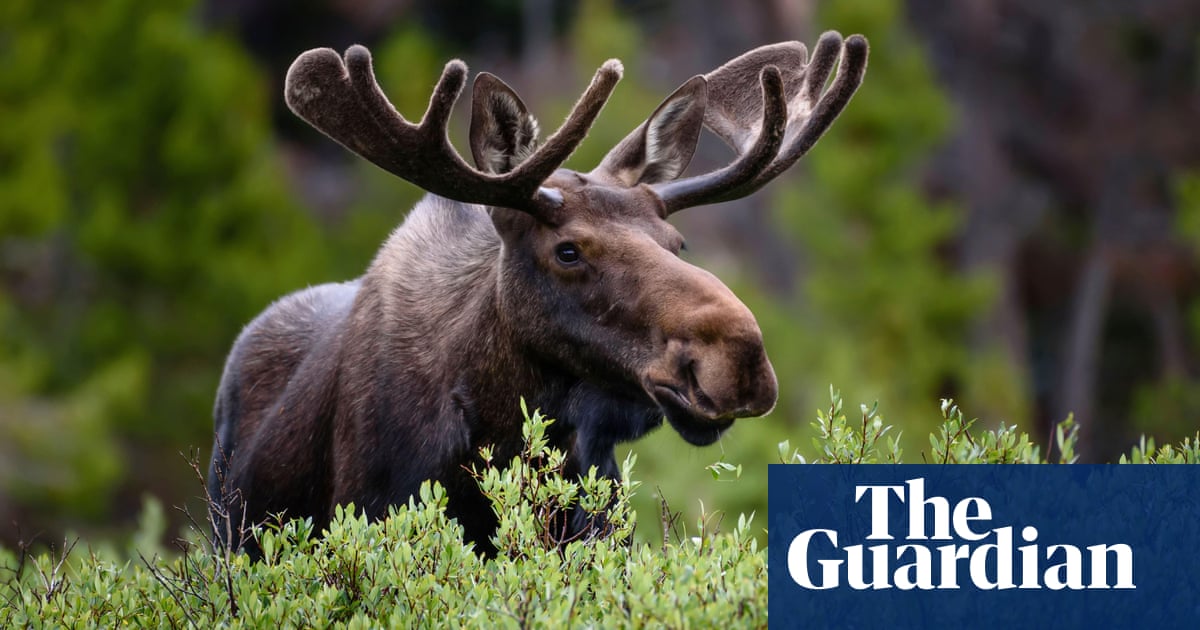One morning in the winter of 1978, a handful of state wildlife staff huddled together in the Uinta Mountains in north-eastern Utah. Deep snows coated the peaks and filled the valleys. A pair of helicopters cruised over the frozen landscape, helping those on the ground search for their prize: a cow moose in a snowy meadow.
Crouched in one of the aircraft, a man aimed his rifle: there was a sharp report, and the cow took off at a run. Within minutes her legs went wobbly as the tranquilliser in the dart took effect, and the crew landed and got to work. They tagged and collared the moose, then slid a specially designed sling under her belly, attached by a rope to one of the helicopters.

For a moment, as the pilot eased into the air, the moose lurched, drawing her legs upward as her feet left the ground. But then the animal appeared to relax as she soared over the rugged valley, bound for her new home more than 200 miles away in Colorado's North Park region near Walden– a vast expanse of sagebrush and willow between two mountain ranges. View image in fullscreen One of 24 moose relocated to northern Colorado from Utah in the 1970s; there are now about 700 there.
Photograph: Courtesy of Denver public library Few creatures evoke the American wilderness like Alces americanus, the American moose. It is the second-largest land animal in North America, behind the bison. Its imposing size is undercut by a goofy countenance – the wide fan of horns, thin legs that suspend a hefty body a.
















